
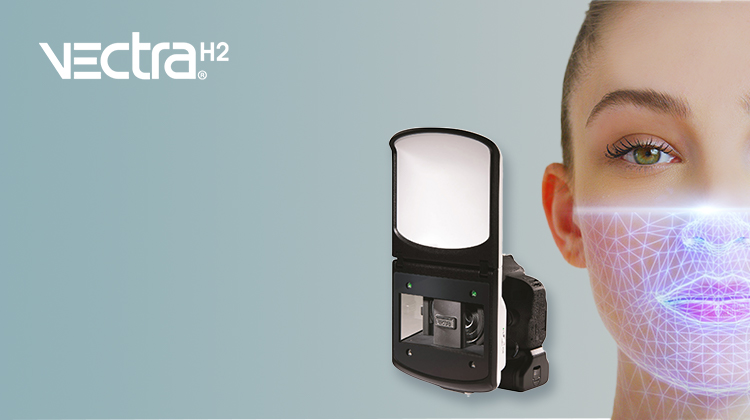
Taking photos of your face and the other parts to be treated from all angles (front, side, oblique, underneath, etc.) and analyzing the data results in an accurate 3D (sterically) visualization of your current conditions. Objective observation from various angles allows you to check how your body parts lift and change before and after the procedure.
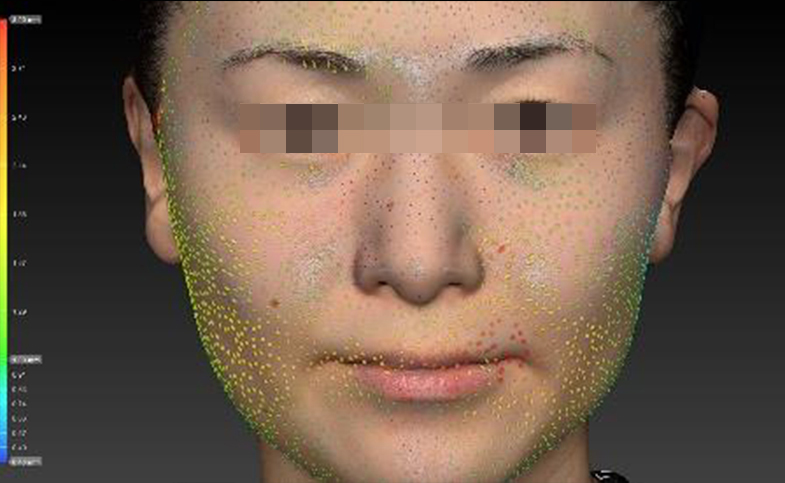
Female in her 30s, facelift before and after (front)
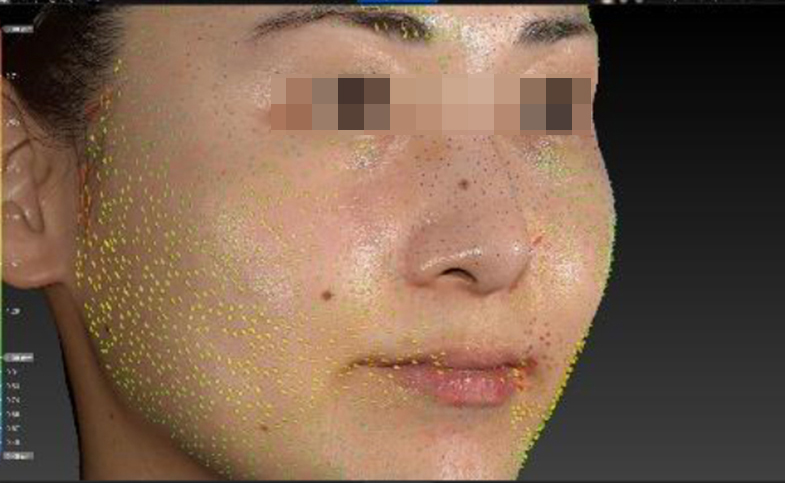
Facelift before and after (side)
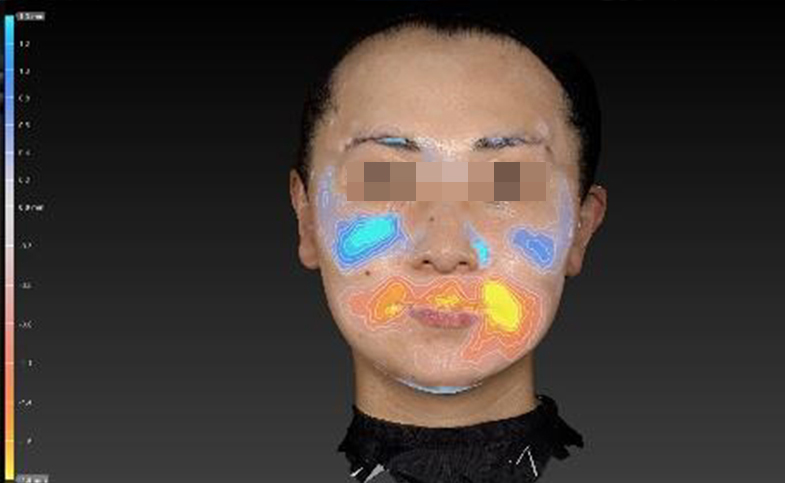
Height before and after (front)

Before/After (front)
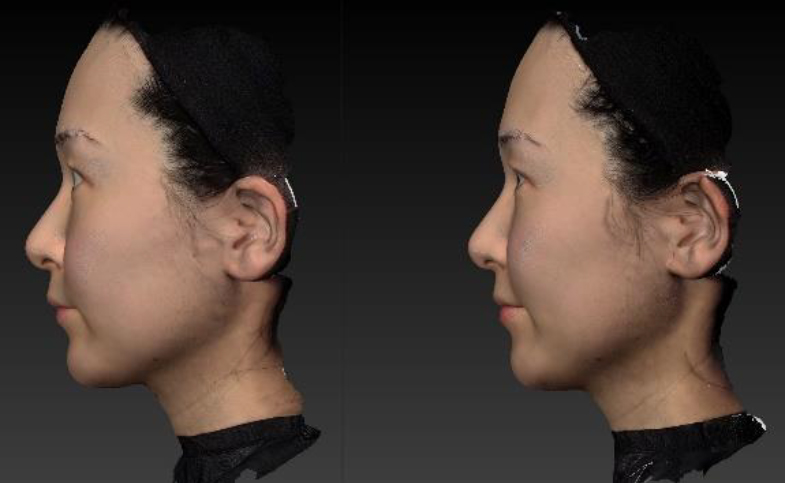
Before/After (side)
Before the procedure, you and the doctor can simulate the finished look and share an accurate image to achieve the ideal treatment.
Also, you do not have to stress about the waiting time as it takes only 5 minutes from shooting to 3D conversion right on the spot.

This device, developed in the U.S. using state-of-the-art technology, analyzes the data captured by a dedicated camera and is capable of producing highly accurate 3D images.
The 3D image is easy to understand, and the difference between before and after the procedure can be confirmed precisely with numerical values, leading to a very high level of satisfaction after the procedure.
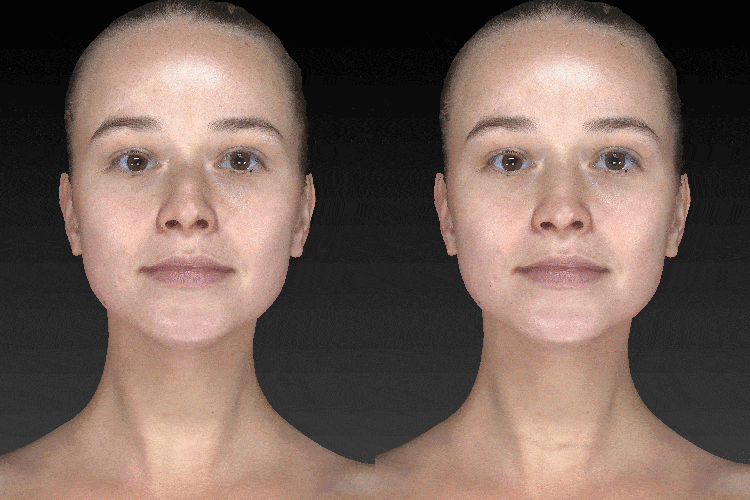
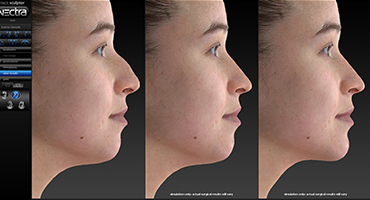
Highly recommended for the following clients!
[3D imaging]
[Simulation]
Shrink the Nose Wings, Nose Tip Reduction Surgery, Rhinoplasty